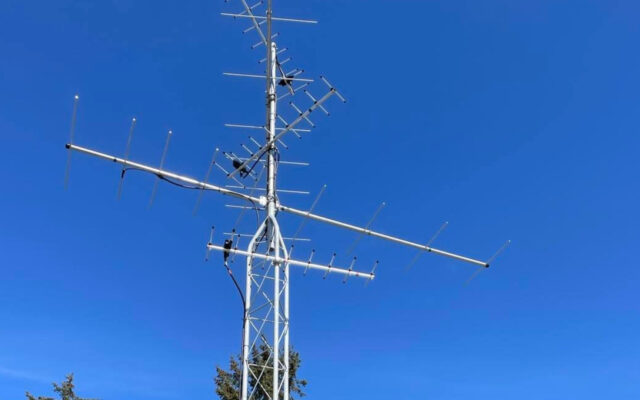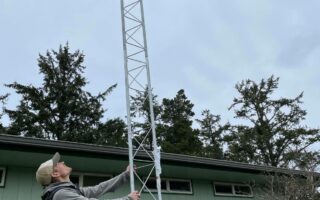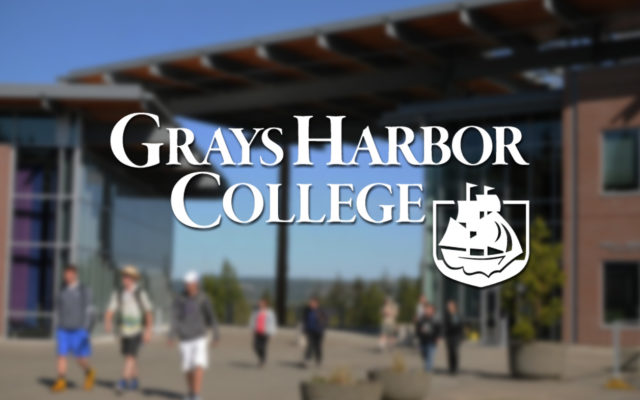New tower at Coastal Interpretive Center helps track shorebirds


On Monday, the Coastal Interpretive Center in Ocean Shores installed a Motus Wildlife Tracking System tower to learn more about the movements of migrating shorebirds.
The center tells KXRO that one million or more shorebirds travel through Grays Harbor every spring and fall, stopping to rest along the Washington coast, coming from as far south as Argentina and as far north as Alaska.
In a release, the center states that data provided by the Motus tower will inform migration science that supports conservation efforts.
Transmitters are attached to shorebirds that are detected as the birds fly near each tower. Towers along the migratory pathway allows researchers to understand the specific pathway used by the birds, when they arrive and depart, and the length of stay at key sites such as Grays Harbor, Damon Point, and Oyhut Recreation Area.
The tower at the Coastal Interpretive Center fills a gap in the Motus network that is in early stages of development along the Pacific Flyway between Mexico and Alaska.
“We are so excited to add this Motus tower to the international network of coastal sites along the Pacific flyway, using a scientific tool to tell the story of individual shorebirds; where they are banded, when they pass through our site, and how long they stay in the Grays Harbor region” said Coastal Interpretive Center Executive Director Barbara Hayford. “Establishing this partnership with a large network of other Motus towers is what makes this new tower in Ocean Shores so valuable. It opens many opportunities to facilitate research and education within the community. We are thrilled the Coastal Interpretive Center is dedicated to shorebird conservation. Education is a valuable and critical tool in getting people to care about and conserve shorebirds.”
The U.S. Forest Service International Programs funded the Motus tower in Ocean Shores and coordinates with the Chugach National Forest, U.S. Fish and Wildlife Service and the Coastal Interpretive Center to share data with researchers, conservationists, and educators.
Motus towers use radio telemetry for tracking migratory wildlife, including birds, bats, and insects. The system allows researchers, educators, and other organizations to track species in real time over great distances. Data collected facilitates research and education on the ecology and conservation of migratory animals.
For more information see www.interpretivecenter.org. If you want to find out more about Motus see www.motus.org.
You Might Also Like



